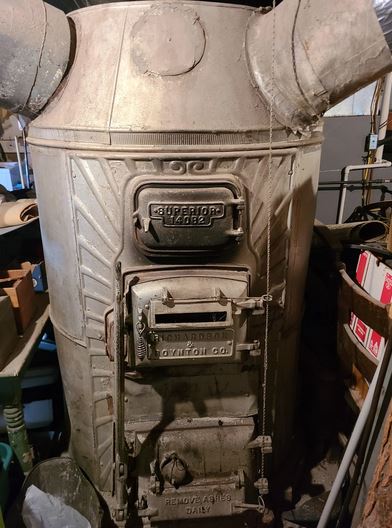
Donald Trump’s Energy Department Saved Your Appliances
With the internet and smart phones, we are living in the future. It’s fantastic. At the same time, many appliances and other mundane technology is getting worse. Regulations put in place by government bureaucrats make our lives worse.
President Clinton’s vice president, Al Gore, was directed to reduce federal regulations. Every president has tried to deregulate, but President Trump may get it done. Eventually, this will be a big deal.
Everything is a trade-off. That’s an essential principle of engineering.
My 30-year-old Bosch dishwasher was a marvel—efficient, precise—scouring dishes in 45 minutes like a Prussian drill sergeant on a deadline. Last month, it died. I dropped $800 on a sleek successor, expecting progress. Instead, I got a two-hour grease-smearing farce that leaves forks, like my optimism, caked in the grime of dashed hopes—a victim of the DOE’s regulatory straitjacket.
Everyone has had this experience. A 30 year-old refrigerator or washing machine just keeps working. A new refrigerator or washing machine, uses half as much water or electricity, but lasts a third as long and doesn’t work as well. Which one is more efficient?
One way to look at efficiency, is to look at the total cost over the life cycle. The cost of an object roughly corresponds to how much effort, energy, engineering or manufacturing goes into producing something.
My house in Cleveland Heights had a furnace that looked like this:

It was installed in 1920, when the home was build, and 70 years later, was still working. My furnace originally ran on coal, was converted to oil, then converted to natural gas. When I opened the hatch, it looked like a gas grill inside.
My furnace was maybe 50% efficient. A modern natural gas furnace can be 95% efficient. To get that efficiency, the modern furnace uses a very thin heat exchanger that will corrode in 15 or 20 years. When the heat exchanger fails, the furnace gets replaced. There are a dozen sensors and an electronic control board that may fail before the furnace gets replaced.
Had I replaced my old furnace, I could have saved $500 per year on my utility bill. It would have cost $4000 for a new furnace, a couple of thousand to remove the old furnace and many thousands of dollars to mitigate the asbestos wrapped around the heating ducts. It didn’t make sense for me to replace it.
That’s an extreme case, and had I stayed in the house longer, the furnace would have been replaced. The Laws of Thermodynamics apply to everything. To make an appliance more fuel efficient, components are build lighter, using more expensive materials, more sophisticated engineering and increased complexity. The new appliance is not designed to last longer. It may not be as effective or convenient.
The modern version, may not work as well. In the US, toilets are restricted to 1.6 gallons. If the toilet does not “move the mail”, it gets another flush. In Ohio, we are next to 20% of the fresh water in the world. Adding more fresh water to the waste stream does not tax the sewer treatment plant.
Low-flow shower heads are worse. Taking a shower under a low pressure, low flow shower head is irritating and makes us feel poor. Why do we have to feel poor?
Bureaucrats at the federal Department of Energy and EPA, mandate these rules under broad legislation passed by Congress. President Trump is reducing this regulatory burden.
In 1975, Congress authorized CAFE standards to mandate fuel efficiency for various classes of cars and light trucks. The internal combustion engine has been in wide use for a hundred years, and has reached the thermodynamic limit of it’s efficiency. The National Highway Traffic Safety Administration ratchets up the fuel efficiency standards every few years. The Laws of Thermodynamics have not changed.
Automotive companies have to devote time and money into increasingly complex methods to meet the new standards. This drives up the price of new vehicles. Ford has replaced steel with aluminum in the Ford F150. Toyota has replaced the six cylinder engine in the Tacoma, with a turbocharged four cylinder engine.
With improvements in manufacturing and materials, new vehicles should be cheaper and more reliable than they ever were. Continually changing regulations make new cars more expensive and sophisticated.
My 2012 Tacoma cost $26,000. To replace it with a 2025 model, the price is $39,000. Inflation counts for about $8000 of that, but the rest is regulatory compliance cost.
President Trump will do what he can with executive orders, but Congress must legislate to keep federal agencies from ratcheting up regulations. If consumers want to buy the sophisticated models that use less water or energy, they will buy them.
Leave a Reply